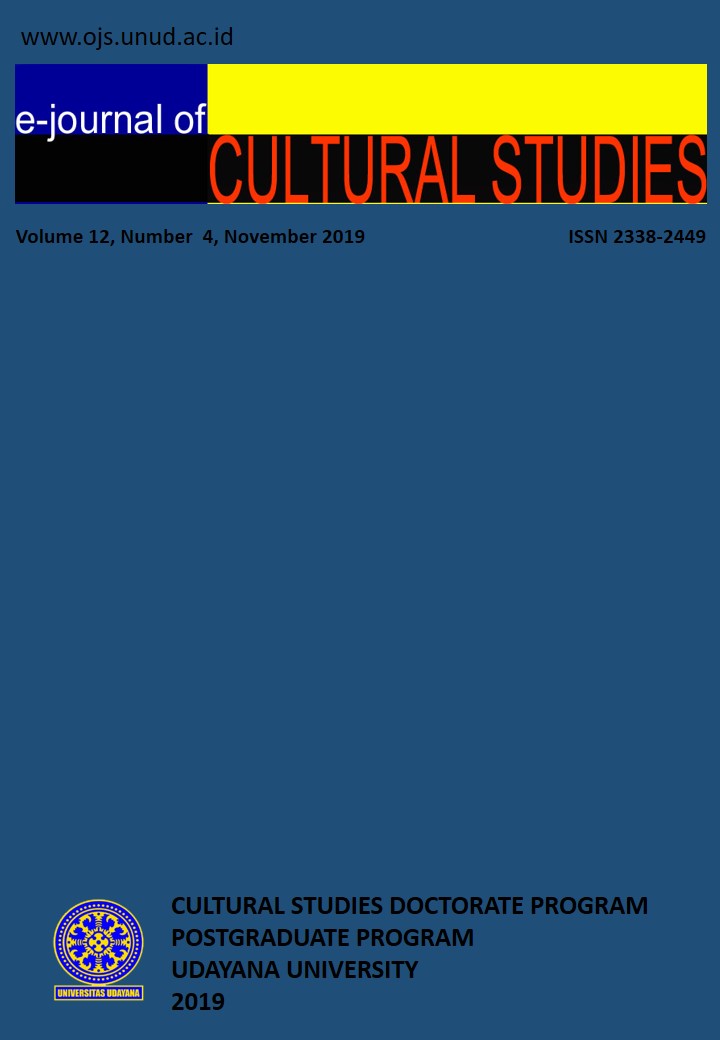ANALYSIS OF BASIC NEEDS ACCESSIBILITY POOR HOUSEHOLD IN DISTRICT GIANYAR
Abstract
The purpose of this study was to analyze the basic needs of poor households in Gianyar Regency in terms of capacity, socioeconomic status, socio-cultural environment and institutional poverty reduction towards the accessibility of poor households both directly and indirectly. The study was designed using the concurently embbded method, which is a quantitative method (GsCA) validated by qualitative methods. Quantitative research used 400 samples of poor households. It used 25 samples (key informants). The quantitative data were analyzed with descriptive statistics and GsCA parametric statistics. The qualitative data were analyzed using reduce, display and conclution (drawing/ verifying) techniques. The results found that the coefficient of capacity: 0.043, spositive and not significant; socioeconomic status was 0.346, positive and significant, social environment is -0.143, negative and significant, and institutional poverty reduction 0.140, positive but not significant. The results of the study show that the poor accessibility of poor households due to the sociocultural environment was negative and institutional performance was not optimal. Therefore, poverty alleviation by the Regional Government of Gianyar Regency should pay more attention to the conditions of the sociocultural environment and more optimal institutional performance.
Keywords: capacity, economic status, social environment, institutional, accessibility







